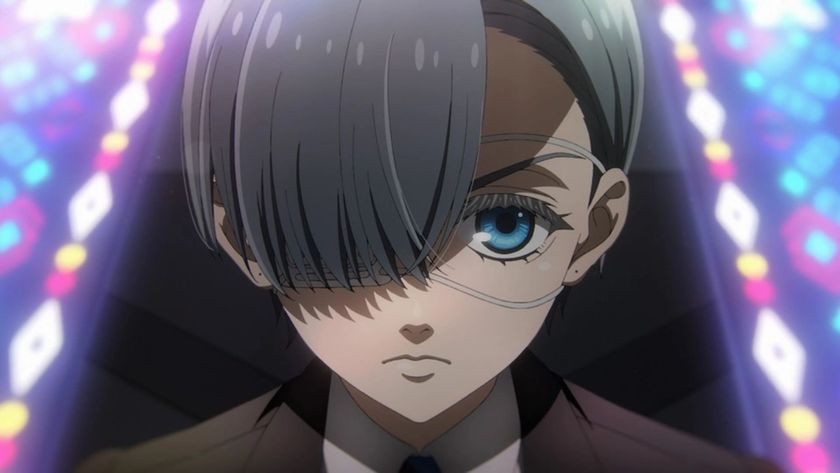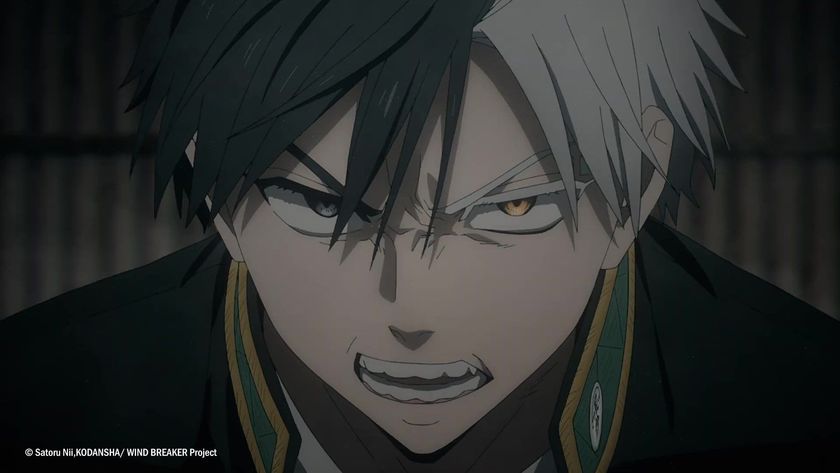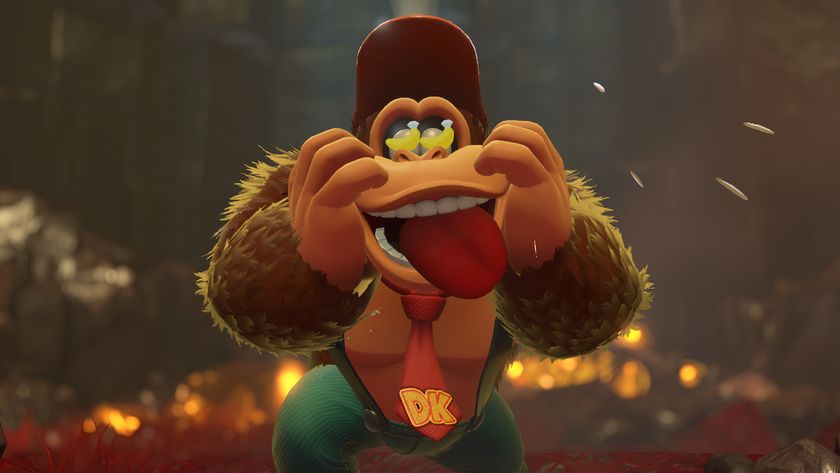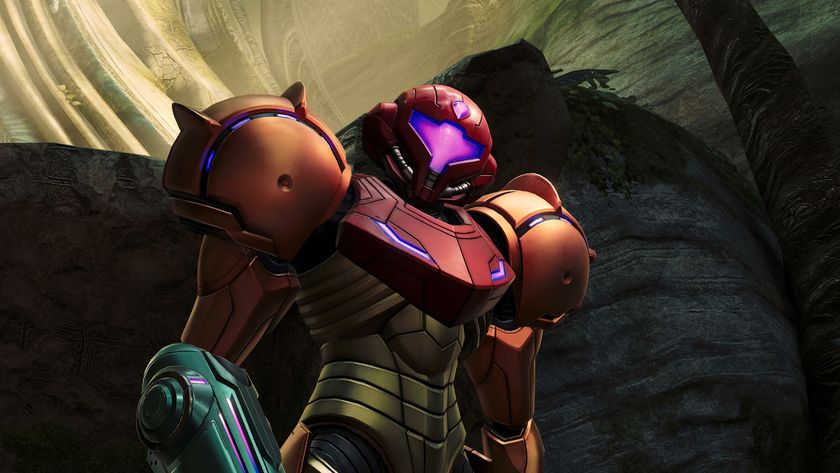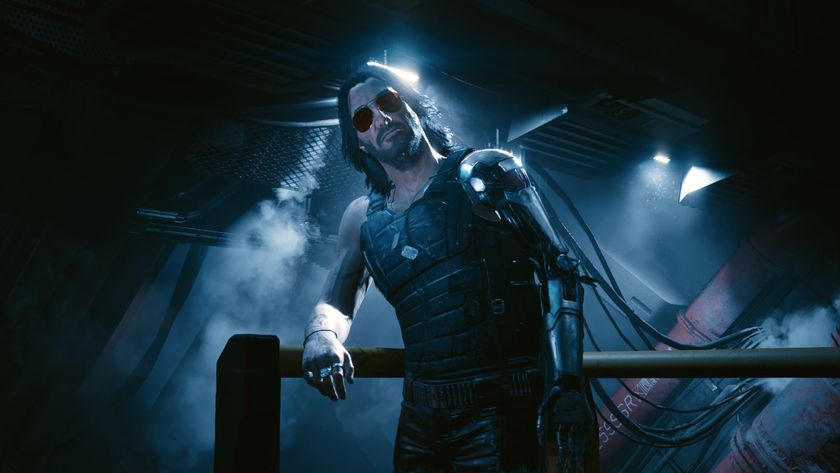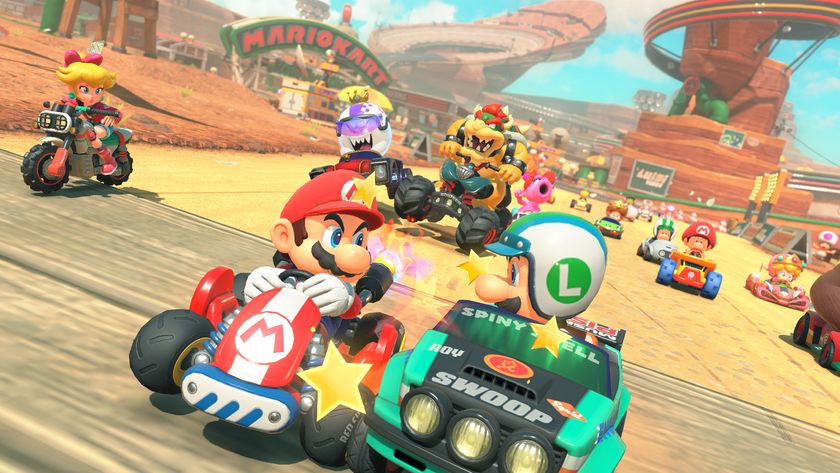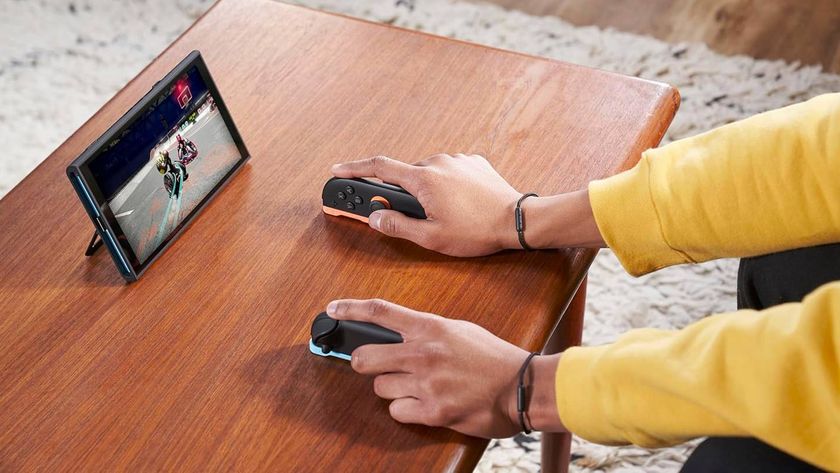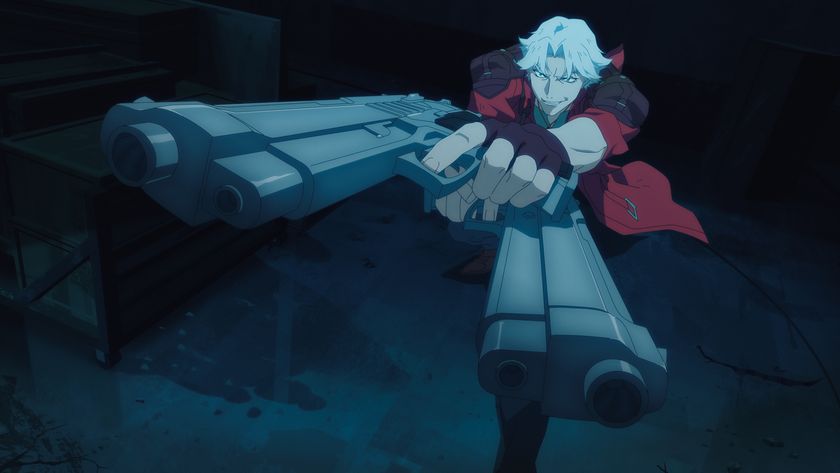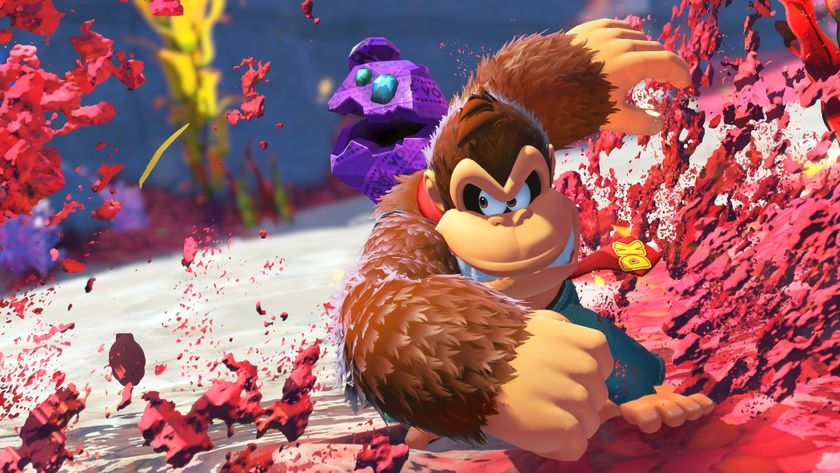PURE GOLDER Being Humans US Makeover
None
SFX.co.uk editor Dave Golder tries to put patriotism aside and judge the US Being Human on its own merits. And finds it difficult

Sometimes I wish I could be hypnotised so that I could watch things that I’ve seen before in the belief that I’d never seen them, to get that “first time” feeling again. Or so that I could be purged of any unwanted foreknowledge (spoilers, I suppose you could call them). I’ve especially always though this in respect to Psycho . When I was growing up, it was impossible not to somehow learn about the “twist” half-way through. It’s just out there, in the zeitgeist. But it would be great to watch Psycho for the first time not knowing what was going to happen, just to experience how it must have felt for those first audiences back in 1960.
I had a similar feeling watching the new, US-made Being Human , which aired on Syfy this week. I really wish I could have the genius of the British version wiped from my memory, so that I could watch the US version without prejudice. But I can’t. So I couldn’t. Mostly, I just kept thinking was, “I wish I was watching the new series of the British Being Human .” In fact, the most spinetingling moment for me was seeing Toby Whithouse’s name in the credits.
Which is unfair. Most people watching the US version will be coming to it with no knowledge of the UK version. So I was desperately trying to put myself in their mindset: “If I had never seen the UK version, what would I make of this?”
So when I tell you that the answer to that one is probably, “Meh,” temper that with the fact that the exercise is clearly an artificial one. But what I’m not going to do here is harp on about, “Our vampire is better,” or, “Our show did that bit better.” Instead, I shall strive to judge it on its own merits. Or otherwise.
It’s all a bit bland, to be honest. The central idea – the house-sharing ghost, vampire and werewolf – is wonderfully quirky and full of potential for dark humour and twisted drama, but the tone of the show is depressingly conservative and familiar. It’s not as self-consciously silly as its Syfy stablemates Warehouse 13 and Eureka (which, to be fair, have created a whole new sub-genre and are both doing pretty well out of it), and that’s definitely the right choice. However, the basic set-up, and some of the more lurid moments in the first episode, would suggest that the show would be better off aiming for more of a True Blood -lie vibe. Sure, you could never have as much sex and swearing on Syfy, but the show could do with learning a thing or two from True Blood about creating up a hyperreal setting, freakishly charismatic characters and leftfield plotting.
Instead, Being Human feels more like other affable but ultimately undistinguished, also-ran, North American urban fantasy shows shows like Moonlight , Blood Ties , The Vampire Diaries and The Dresden Files . There are moments, as with all those shows, when it starts to intrigue, but mostly it just feels safe and workaday.
Sign up to the SFX Newsletter
Get sneak previews, exclusive competitions and details of special events each month!
The main problem so far is that central characters simply aren’t likeable enough. They’re not unlikeable; they just don’t grab you. Okay, ghost Sally waves her arms a lot, and werewolf Josh looks constantly like he needs the loo, but even then, they still seem to be token US quirky characters. And vampire Aidan looks like he’s walked straight in from The Vampire Diaries .
Some of the humour works. The bargaining over the rent for the new house and the subsequent moving in montage are great (and show a bickering camaraderie between Aidan and Josh that’s missing elsewhere, but bodes well for the future). Notably, the best gag in the show is the most risqué – it’s about Josh masturbating – which suggest the writers would like to take the show a bit more in the True Blood direction. The problem is that the dialogue is also bogged down by some ponderous speechifying. The opening monologue rams home why the show is called Being Human with an Olympian lack of subtlety, while Josh’s constants rants about, “I want to be normal” are pretty tedious by the end of the first 45 minutes. We get the point.
Things do liven up when Supernatural ’s Mark Pellegrino turns up as Bishop, the bloodsucking bent cop (their version of Herrick). The idea of making the vampire boss so urbane and average works every bit as well in the US version as the UK version (okay, I know I’m breaking my rules here a bit), and Pellegrino is perfectly cast.
Having said all this, you have to bear in mind, this is the first episode, and the show never even had a pilot. Usually US networks order a pilot first so that tweaks can be made before the show premieres, but Syfy seems to be pioneering the “straight-to-air” formula (possibly because it saves money). The network did the same with Haven , which had a truly terrible first episode, and took a while to find its feet – about ten episodes! Hopefully, the team behind Being Human will whip things into shape sooner. Because it could develop into a decent series. The first episode certainly isn’t a disaster by any means. But the show desperately needs to develop a look, feel and tone all its own.
And finally, there is one major compare and contrast I do want to make between the US and UK versions. The costume design. Whereas in the UK Mitchell and George’s “fashion” choices say so much about their characters, in the US Aidan and Josh look like they could have walked off any US teen-orientated show (apart from when Josh wears a dress,of course – another of the premiere’s more memorable moments). They both wear trainers, for Chrissakes (I know I shouldn’t stereotype a mythical creature but… a vampire in trainers?! Come on!).
Clothes maketh the man; actors even more so. Actors often say the costume helps them create the character. (Hell, a lot of actors even emphasise how important the shoes are, so again I say… a vampire in trainers?) Give ’em both a makeover, I reckon, and they might start to find the real soul of their characters.

Dave is a TV and film journalist who specializes in the science fiction and fantasy genres. He's written books about film posters and post-apocalypses, alongside writing for SFX Magazine for many years.
